Dudipatsar Lake Trekking Guide – Routes, Tips & Costs
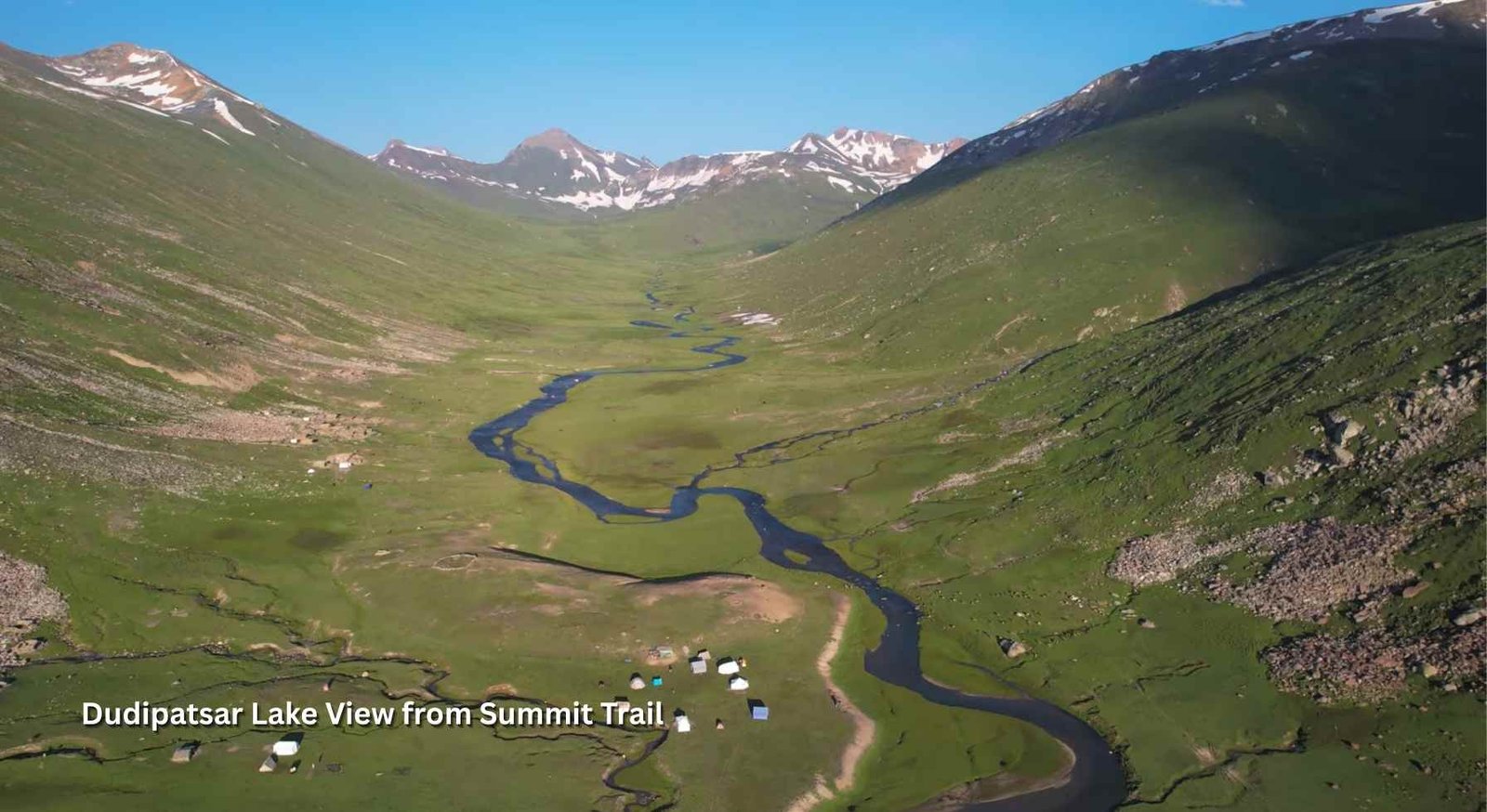

Ever seen a photograph of crystal-clear turquoise waters surrounded by towering, snow-capped peaks and wondered if such a place really exists? It does — and it’s called Dudipatsar Lake, nestled high in the heart of Pakistan’s Kaghan Valley.
But here’s the thing — reaching this alpine jewel isn’t as simple as driving up to it. Dudipatsar Lake trekking is a moderately challenging adventure that rewards you with unmatched beauty, solitude, and the satisfaction of conquering one of Pakistan’s most celebrated trails.
This complete guide will give you everything you need: the route, timing, safety tips, gear checklist, budgeting advice, and cultural insights. By the time you finish reading, you’ll be ready to plan your trek with confidence and clarity.
Dudipatsar Lake Trekking Overview: Essential Facts for Your Adventure
Lake Location and Significance in the Kaghan Valley
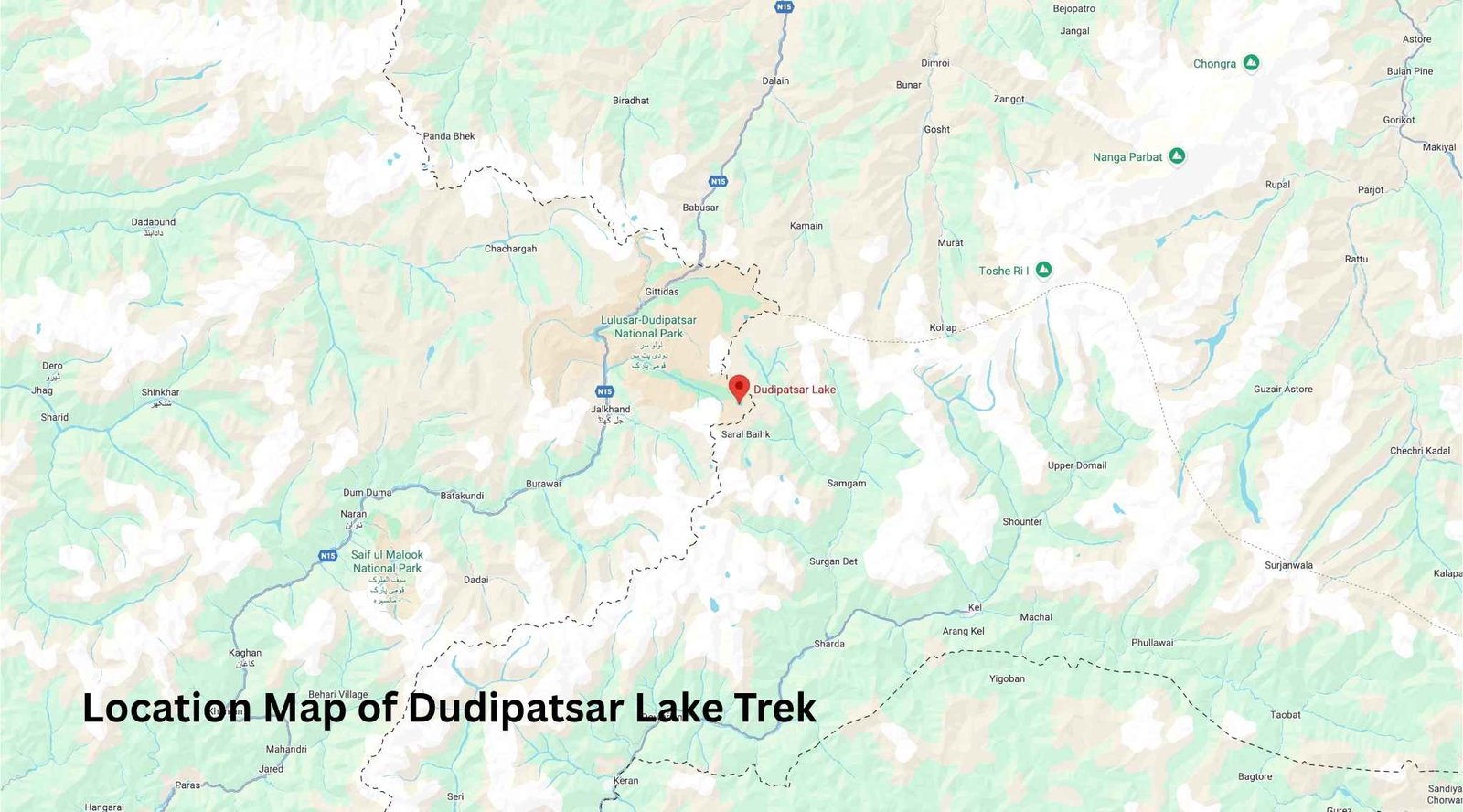

Dudipatsar Lake, often called the “Queen of Lakes,” lies within the Lulusar-Dudipatsar National Park in Khyber Pakhtunkhwa, Pakistan. Sitting at an altitude of about 3,800 to 3,900 meters (12,500+ feet), it is surrounded by snow-clad peaks that feed its pristine, milky-blue waters. The name itself reflects this — “Dudi” meaning white, “pat” meaning mountains, and “sar” meaning lake.
The lake holds ecological importance as part of a protected alpine ecosystem and offers a rare habitat for Himalayan wildlife, including marmots, snow partridges, and even elusive snow leopards.
Trek Difficulty Assessment and Fitness Requirements
The Dudipatsar Lake trekking route is classified as moderate, making it achievable for healthy beginners and rewarding for seasoned hikers. The trek involves an 18 to 19 km (one-way) hike with a steady altitude gain of approximately 650 meters from the trailhead at Besal.
- Fitness Level: Ability to walk 6–8 hours with breaks
- Altitude Awareness: Mild risk of altitude sickness — acclimatization recommended
- Trail Conditions: Mix of grassy meadows, rocky inclines, and occasional snow patches in early summer
Best Time for Dudipatsar Lake Trekking: Seasonal Breakdown
- June to Early July
- Trails start to clear of snow; alpine meadows bloom with wildflowers; weather can still be unpredictable.
- Mid-July to August
- Peak trekking season with stable weather, long daylight hours, and fully accessible trails.
- September
- Fewer crowds, cooler temperatures, and stunning autumn colors; early snowfall risk increases toward the end of the month.
Off-season treks (October to May) are not recommended due to heavy snowfall, closed access roads, and high avalanche risk.
Complete Dudipatsar Lake Trekking Route Guide
Starting Point: How to Reach Besal from Major Cities
The trailhead for dudipatsar lake trekking begins at Besal, a small settlement beyond Naran in the Kaghan Valley. From Islamabad, drive the Hazara Motorway to Mansehra, continue to Balakot, Kiwai, Kaghan, and Naran, then onward to Besal. Total road time is typically 8 to 10 hours, traffic and weather dependent.
- Islamabad to Naran: 6 to 8 hours by private car or tourist coaster
- Naran to Besal: 1.5 to 2 hours by jeep along the Babusar Road
- Public transport: Seasonal vans and coasters operate to Naran, hire a jeep from Naran for the final leg
Trail overview reference can help you visualize distance and elevation before you go.
Stage 1: Besal to Mulla ki Basti Base Camp
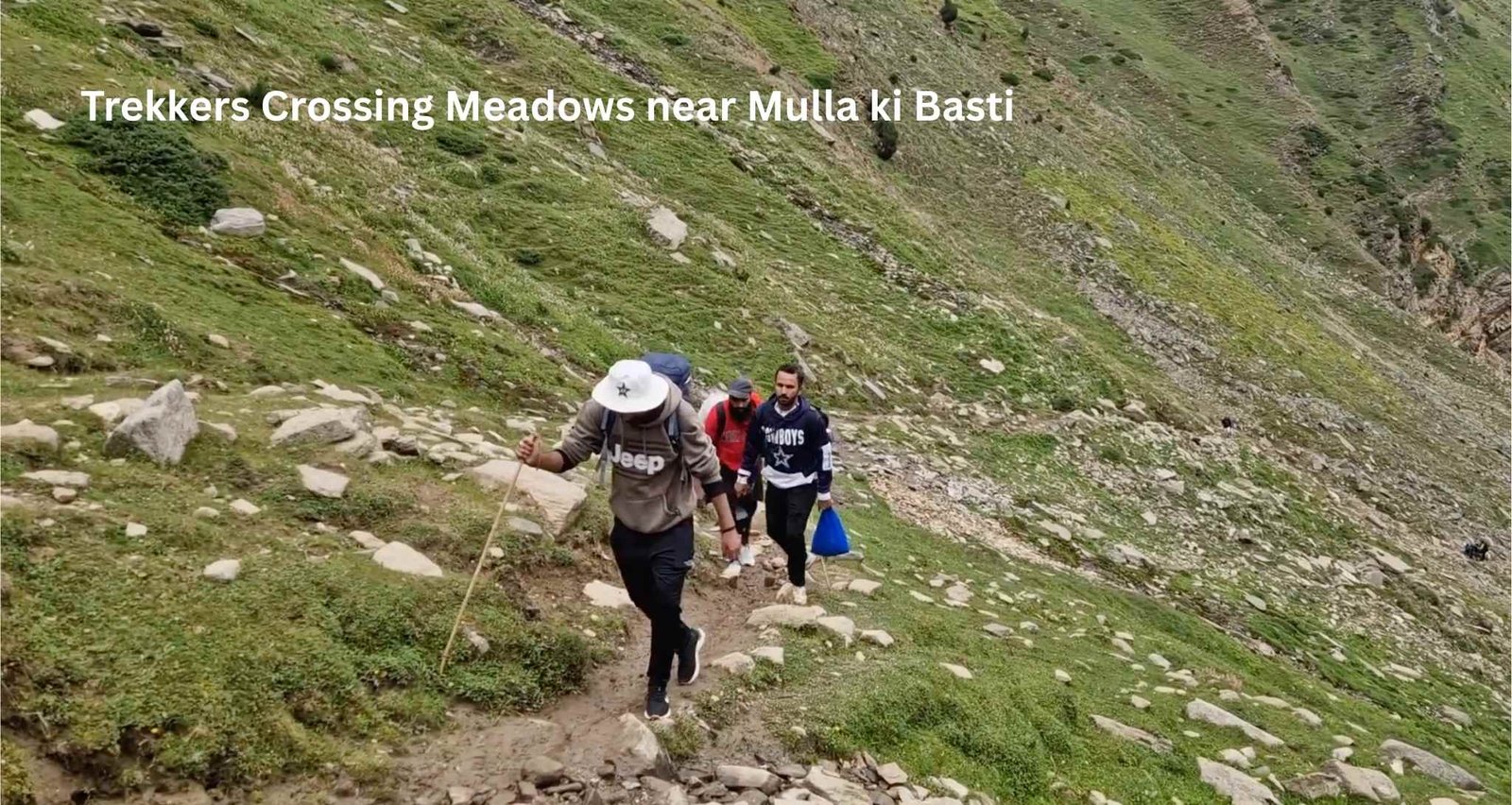

Distance: about 8 to 10 km, depending on campsite choice. Time: 3 to 5 hours for most groups. Elevation gain: gradual, with rolling meadows and short climbs.
The path follows gentle riverside flats before rising through alpine meadows. In early season, expect water crossings and residual snow patches. Wayfinding is straightforward in clear weather, however, carry an offline map and a GPX track for foggy conditions.
- Water sources: streams near the trail, treat or boil before drinking
- Mulla ki Basti: informal camping area with level ground, limited basic supplies in peak months
- Acclimatization: rest, hydrate, and monitor for headache or nausea before pushing higher
Stage 2: Mulla ki Basti to Dudipatsar Lake Summit
Distance: about 8 to 9 km. Time: 3 to 4 hours up, 2 to 3 hours down. Terrain: steeper gradients, rockier footing, occasional snow even mid season.
Leave camp early for firm snow and clear skies. The final approach traverses undulating ridges that open to panoramic views of the lake. Wind can pick up around midday, pack an extra insulating layer. On arrival, keep a respectful distance from fragile shore vegetation, choose durable surfaces for rest and photography.
- Turnaround time: set a conservative time to start descending, aim to reach camp before dusk
- Weather checks: watch for building cumulus clouds, rising winds, rapid temperature drops
- Navigation: cairns and footpaths exist, do not rely on them exclusively, use a map with waypoints
Return Route Planning and Time Management
Most trekkers return to Mulla ki Basti the same day, then descend to Besal on day two. Fit groups sometimes complete a long single day, Besal to lake and back, however, this is only advisable with strong fitness, stable weather, and an early start.
- Standard plan: Day 1 Besal to Mulla ki Basti, Day 2 summit and back to camp, Day 3 descend to Besal
- Fast plan: Day 1 Besal to camp, Day 2 early summit then descend to Besal by evening
- Contingency: hold a spare day for poor weather or rest, alpine conditions change quickly
Dudipatsar Lake Trekking Logistics and Planning
Transportation: Jeep Services from Naran to Besal
The Babusar corridor opens seasonally, typically June to September. From Naran, book a local jeep for Besal at the main jeep stand or through your hotel. Prices vary by season and negotiation. Confirm a reliable return pick up time when you are back at Besal.
- Seating and cargo: agree on luggage placement, waterproof your packs with liners
- Fuel and delays: carry snacks and water, landslides and traffic can cause holdups
- Verification: note the driver’s phone number, plate number, and departure time
Permits and Documentation Requirements
Dudipatsar Lake trekking lies inside Lulusar Dudipatsar National Park. Rangers may check CNIC or passport at road checkpoints. Carry original ID, a few photocopies, and any park entry receipts if issued. If traveling in a group, keep a simple roster with emergency contacts.
Guide and Porter Services: Costs and Recommendations
First time visitors, mixed skill groups, and trips early or late in the season benefit from a local guide. Porters can safely move shared tents, food, and group gear, which improves pacing and reduces fatigue.
- Hiring: arrange in Naran through reputable outfitters or referrals from hotels
- Rates: agree on daily fee, load limits, meals, and tips in writing, keep a WhatsApp confirmation
- Safety: ask about first aid knowledge, recent trips on the route, and radio or phone coverage
Accommodation: Camping at Mulla ki Basti
Mulla ki Basti is the practical base for summit day. Expect simple camps, variable sanitation, and limited supplies in peak weeks. Bring your own shelter, sleeping system, and cooking setup for reliability and comfort.
- Tents: double wall, 3 season minimum, sturdy pegs for rocky ground
- Sleep system: insulated pad and a down or synthetic bag rated near freezing
- Kitchen: canister stove with windscreen, fuel from Islamabad or Naran, treat all water
Reserve accommodation in Naran before and after the trek for recovery, hot meals, and gear drying. For official travel notices and seasonal access, check the KP Tourism and PTDC sites before departure.
Essential Equipment for Dudipatsar Lake Trekking
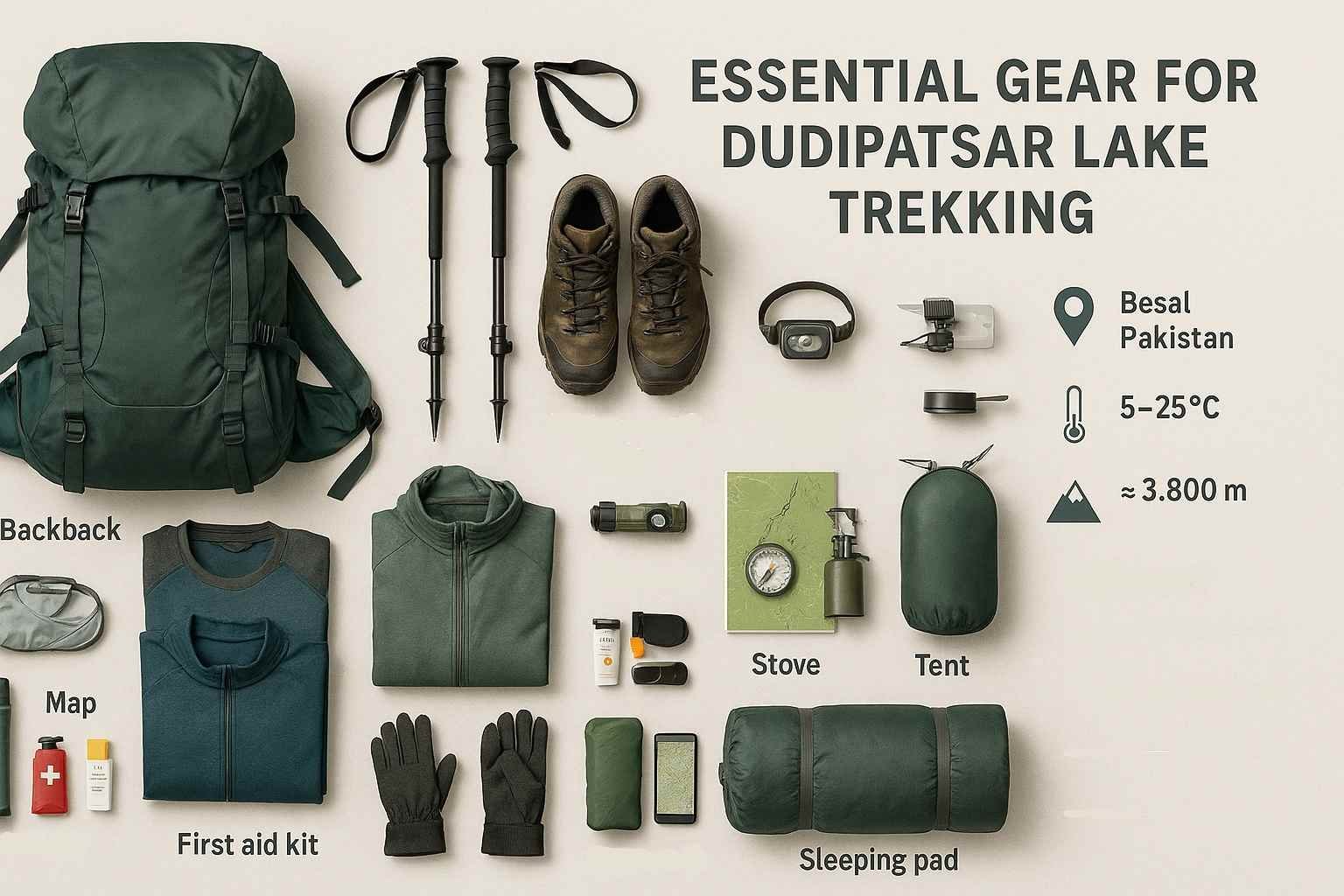

Technical Gear Checklist for High-Altitude Trekking
Proper gear can make or break your dudipatsar lake trekking experience. Given the alpine environment, prioritize lightweight yet durable equipment that can handle sudden weather changes.
- Backpack: 40–50L capacity with rain cover
- Trekking poles: adjustable, with snow baskets if going early season
- Navigation tools: offline GPS app, compass, paper map
- Lighting: headlamp with spare batteries
- Cooking gear: lightweight stove, fuel, pot, utensils
Clothing Requirements for Variable Weather Conditions
Layering is key for comfort and safety in mountain weather. Temperatures can swing from warm sun to near-freezing winds within an hour.
- Base layer: moisture-wicking synthetic or merino wool
- Mid layer: fleece or lightweight down jacket
- Outer shell: waterproof, breathable jacket and pants
- Footwear: waterproof trekking boots with good ankle support
- Accessories: gloves, beanie, sunhat, UV sunglasses
Where to Buy or Rent Equipment in Naran and Islamabad
Islamabad has outdoor shops offering high-quality trekking gear, while Naran offers limited rental options for tents, sleeping bags, and cooking sets. If renting, inspect all gear for wear and cleanliness before paying.
- Islamabad: Alpine Adventure, Adventure Store, Metro Outdoor
- Naran: Seasonal stalls near main bazaar, best for last-minute items
- Tip: Bring critical items (boots, layers) from home to ensure fit and reliability
Safety and Emergency Preparedness for Dudipatsar Lake Trekking
Common Risks and Prevention Strategies
While generally safe, dudipatsar lake trekking carries inherent mountain risks. Awareness and preparation can minimize these hazards.
- Altitude sickness: ascend gradually, hydrate well, descend if symptoms worsen
- Weather changes: check daily forecasts, turn back if storms build
- Trail hazards: watch for loose rocks, slippery snow, livestock on trail
Emergency Contacts and Evacuation Procedures
Cell coverage is unreliable past Besal. Share your itinerary with a contact in Naran and arrange check-in times.
- Rescue services: KP Rescue 1122 – reachable in lower valleys
- Local Rangers: stationed near Besal and in the park
- Evacuation: injured trekkers are usually transported back to Naran via jeep; serious cases proceed to Mansehra hospitals
Weather Monitoring and Decision-Making on the Trek
Morning starts offer the best chance for stable conditions. Use local knowledge from guides and rangers along with online tools like Mountain Forecast. Carry an analog watch and set turnaround times to ensure safe descent in daylight.
Dudipatsar Lake Trekking Costs and Budget Planning
Detailed Cost Breakdown by Category
- Transport: Islamabad to Naran (bus or private car): PKR 2,500–8,000 per person
- Jeep Naran to Besal: PKR 4,000–6,000 per jeep
- Guide: PKR 3,000–5,000 per day
- Porter: PKR 2,000–3,500 per day
- Camping gear rental: PKR 1,500–3,000 per item
- Food: PKR 1,000–2,000 per day (self-catered)
Group Size Impact on Per-Person Expenses
Larger groups share transport and guide costs, lowering individual expenses. However, keep group sizes manageable (4–8 people) for smoother logistics and less environmental impact.
Money-Saving Tips for Budget Trekkers
- Travel in shoulder season (late June or early September) for lower rates
- Rent non-critical gear in Naran instead of buying
- Share meals and cooking duties to cut food costs
Cultural and Environmental Responsibility in Dudipatsar Lake Trekking
Sustainable Trekking Practices and Leave No Trace Principles
The beauty of dudipatsar lake trekking depends on the preservation of its fragile alpine ecosystem. Practicing sustainable trekking ensures that future generations can enjoy the same pristine landscapes.
- Pack out all trash: carry waste bags and bring everything back to Naran for disposal
- Stick to established trails: avoid trampling alpine meadows and fragile vegetation
- Use biodegradable soap: wash dishes and clothes at least 60 meters from water sources
- Respect wildlife: observe from a distance, never feed animals
Interaction with Local Communities and Cultural Sensitivity
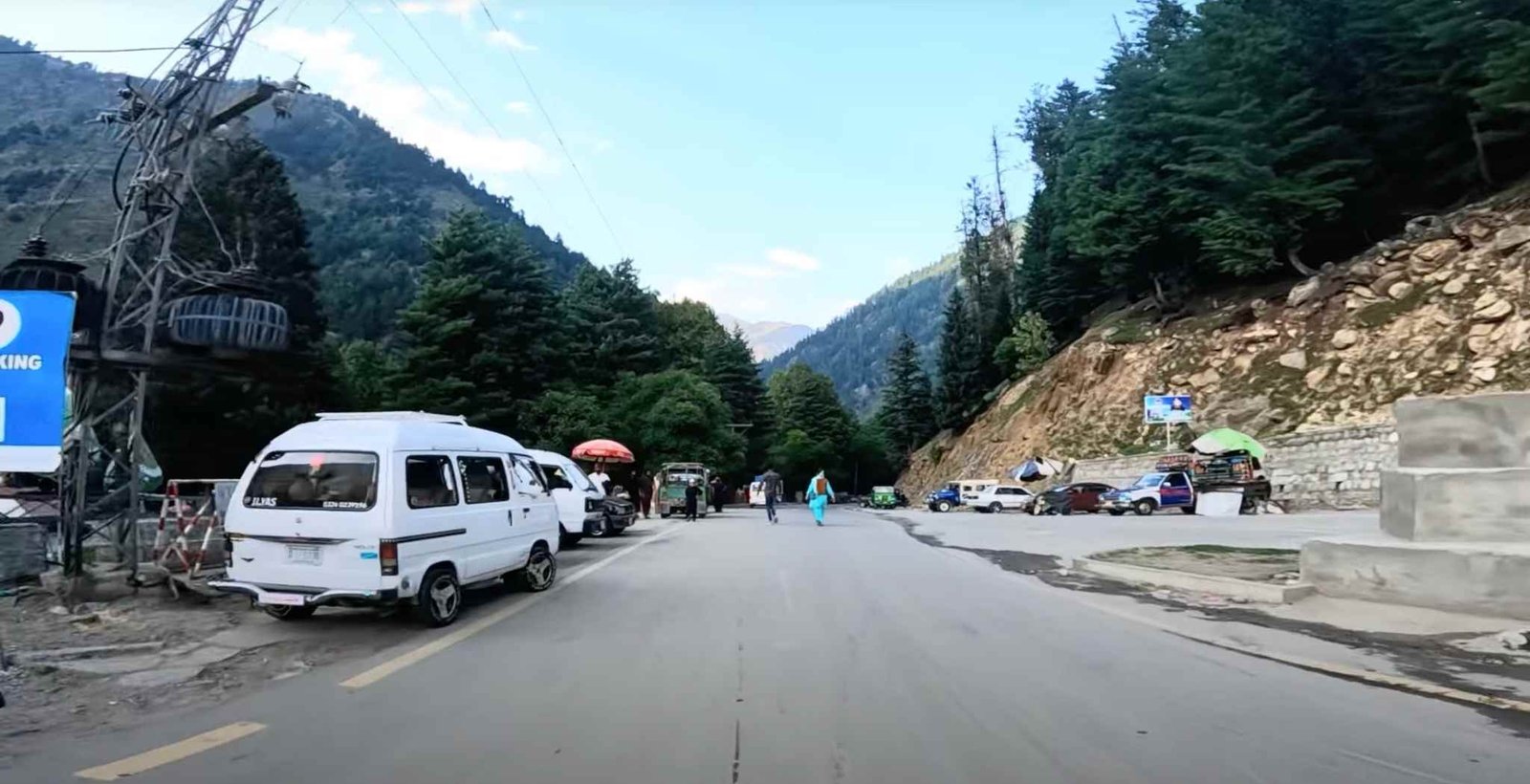

Villages and communities along the route, particularly in Naran and Besal, have their own customs and traditions. Being culturally respectful builds goodwill and enhances your trekking experience.
- Greetings: a friendly “Salam” goes a long way
- Photography: ask before taking pictures of people or homes
- Support local economy: hire local guides, buy snacks from village shops, tip fairly
FAQ: Dudipatsar Lake Trekking
Is Dudipatsar Lake trekking safe for beginners?
Yes, with proper fitness, gear, and weather awareness, beginners can complete the trek. Hiring a guide is recommended for first-timers.
What permits do I need for Dudipatsar Lake trekking?
Carry your CNIC or passport; rangers may issue a park entry slip. No special climbing permit is needed for the main trail.
How difficult is the Dudipatsar Lake trek compared to other Pakistan treks?
It’s considered moderate — less technical than treks like Rakaposhi Base Camp but more demanding than low-altitude hikes like Saiful Muluk.
What’s the best time of year for Dudipatsar Lake trekking?
Mid-July to late August offers the most stable weather and clear trails. Early June may still have snow, September is cooler with fewer crowds.
Author: ZunNurain Khalid — Travel & Tourism Specialist, Founder of ExploreX Pvt. Ltd., and advocate for sustainable tourism in Pakistan. With over a decade of experience in digital marketing and destination branding, ZunNurain has worked extensively on promoting Pakistan’s natural and cultural heritage.

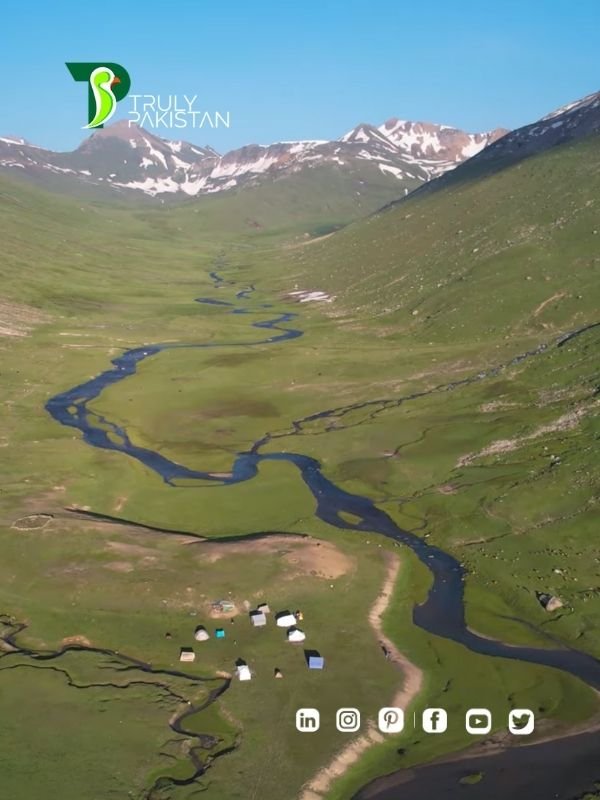

3 thoughts on “Dudipatsar Lake Trekking Guide – Routes, Tips & Costs”